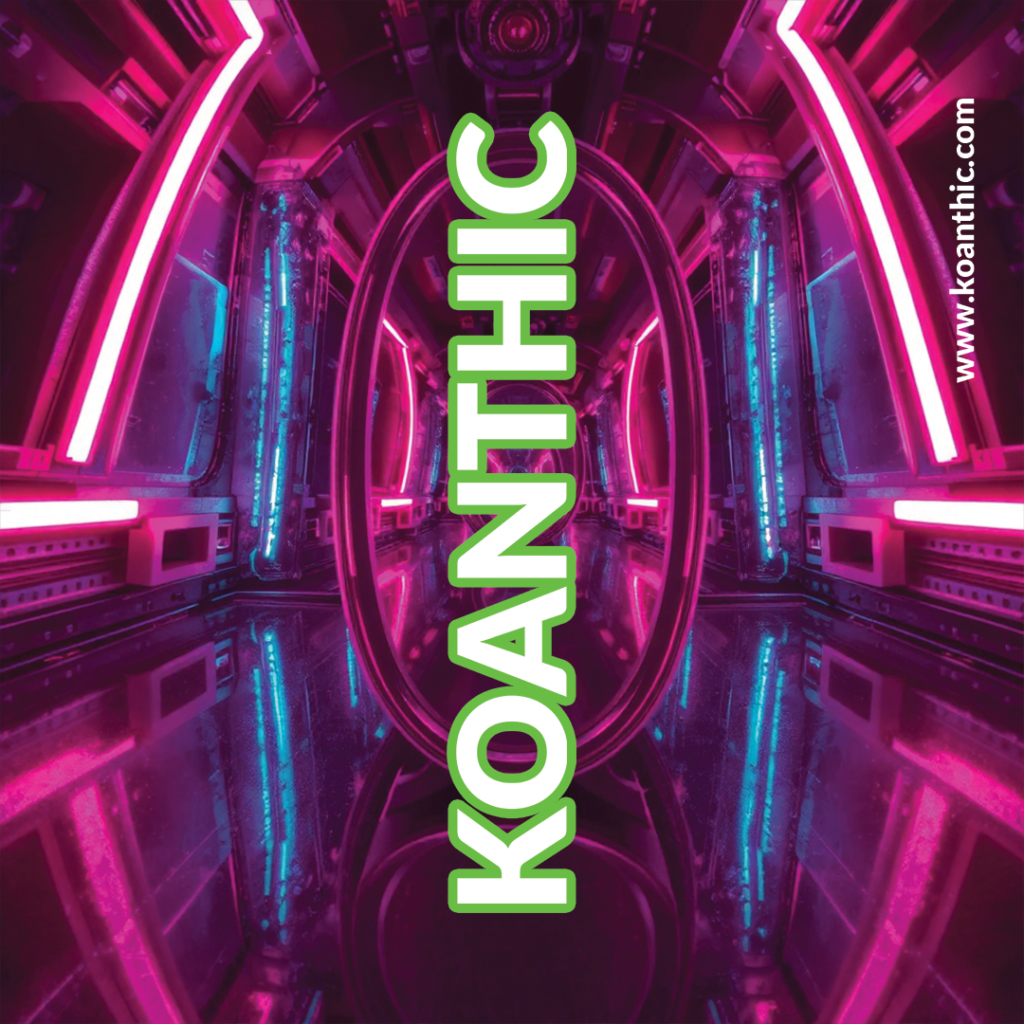What is the real content of your message?
Content strategy is the ongoing process of transforming corporate objectives and goals into a plan that uses content as the primary means of achieving those objectives.
There’s so much information out there on how to develop a content strategy. It makes you wonder “what exactly is a content strategy?”.
Content quality | content strategy
If you’re reading this, you’re probably already involved in your company’s content. But before you read this, try to define what a content strategy is. Chances are, you’ll discover that it’s a trickier concept than it first appears.
In this article, we’ll take a look at what we mean by “content” and use it to define content strategy.
While approaches to content and content strategy differ between B2C and B2B marketers, a basic understanding of what we mean by content strategy is independent of sector.
What is content?
Before we delve into the definition of content strategy, we need to understand what we mean by “content”.
“Content” is a single word loaded with different connotations and meanings that depend on its context.
Yet it’s hard to give a single, concise definition – most of us would simply say that we recognize it when we see it. This applies as much to technical white papers and in-depth blog posts as it does to TikTok videos and memes.
That’s why it’s best to look at content from several different angles.
In digital marketing, content encompasses four fundamental elements:
- Information – What is the actual content of your message? It can be factual, practical, entertaining, informative or a combination of all three.
- Context – What is the content supposed to help you and the reader achieve? Who is the target audience for this content? Why publish it?
- Media – On which channel do you publish content and how does this influence the overall message?
- Form – Is the content textual, graphic, audio, video, interactive, virtual/augmented reality, etc.?
Content is information that is relevant in a given context and whose form is determined by the medium through which it is transmitted.
Many definitions of content focus too much on the information and not on the rest of the elements. Information without context is just noise. Information that isn’t presented in a way that takes account of form and medium is likely to be lost on the recipient. For example, you can explain in writing the steps involved in changing a tire, but pictures would make it much clearer.
Similarly, the elements you include in a piece of content need to reflect the medium and the form – you wouldn’t publish a detailed guide to a complex subject in a Twitter feed. It must also make sense in the context of the target audience you want to reach. For example, at Koanthic, we want to reach content teams, SEO teams and digital marketers.
As a content strategist, it’s your responsibility to know what broader goals you’re contributing to and why. The right content for the wrong objective won’t lead to consistent results.
We don’t publish content on social media marketing because it’s not relevant to the use of our product. Anything we publish on this topic would quickly lose its relevance to our audience, no matter how solid it is. Any definition of “quality content” must take this factor into account.
Content is vital for businesses today, as it enables them to attract potential customers without resorting to traditional “push” advertising techniques. Digital content allows potential customers to discover and engage with you organically. When they search for topics and concepts related to what they want to do or know, they find you and immerse themselves in it at their leisure.
The sales funnel still exists, but the downward force that drives people through it isn’t limited to ads and sales meetings. It’s the content that helps people learn something new, solve their problems, work better and, ultimately, find solutions that help them achieve their goals.
It’s a way of demonstrating your expertise and knowledge of the subjects that interest your target audience, and building trust with them so that if they decide to make a purchase, you’ll be front and center. It’s not about being purely promotional or transactional. You really need to add value in some way if you want your content to further a business objective.
What is content strategy?
Once we understand what content is, we can begin to understand what it means to have a content strategy.
Content strategy is the ongoing process of translating corporate objectives and goals into a plan that uses content as the primary means of achieving those objectives.
All the other facets of content strategy start here. There’s no point talking about content audits, content governance, content plans, content production, editorial calendars, etc. until you have a clear idea of the business objectives to which you can link content.
As a content strategist, it’s your responsibility to know what overall goals you’re contributing to and why. The right content for the wrong purpose won’t produce consistent results.
Content strategy doesn’t exist in isolation. It’s not just about setting up an editorial calendar, writing content and publishing it. It’s not about having a blog, even if it’s full of great content. Nor is it about publishing a one-off piece of content here and there, based on requests from sales or product teams.
Content strategy guides the creation, distribution and governance of useful, usable content.
If your content strategy doesn’t start with a business objective, it’s not a content strategy. It’s just content.
Once you’ve established your core objectives, the “how” of your content strategy is refined by asking some simple but essential questions.
- What do we want our content to achieve in the pursuit of our business objectives?
- What are the key performance indicators for each type of content we publish?
- Who is our target audience for the different types of content we will produce?
- What does a content audit of our site tell us about our existing content and our shortcomings?
- How do we come up with content ideas? How do we make sure they match our brand voice, objectives and audiences?
- What content formats are we best suited to produce? Your content team may be able to write a good blog post, but lack the skills to create quality videos. In that case, you know where you’re most likely to stand out.
- How are we going to ensure that we have a documented strategy and governance, rather than relying on ad hoc content requests?
- How will we distribute content? How can we ensure that our content strategy for email, influencers and social media supports our overall content marketing effort?
Any content marketing strategy must be aligned with your brand strategy, marketing objectives and business goals. To do this, you need to draw up a roadmap.
The role of the content strategist is to develop a roadmap of how content can contribute to the achievement of defined business objectives.
Let’s take a look at some examples of what this can look like in different functional areas.

Content strategy for SEO
Content strategy and SEO often go hand in hand, and rightly so. Most of the companies we work with at Koanthic are looking to increase organic traffic and leads generated by content while reducing their customer acquisition costs.
So how can a content strategy serve this purpose?
Over the years, content has become the most critical part of any SEO strategy. Of course, technical issues and getting links are still important pieces of the puzzle.
But as search engines (and let’s be serious, we’re talking mostly about Google here) evolve, they’re putting more and more emphasis on offering users quality content that meets their search intent.
This is why authoritative domains can rank well in search results even with mediocre content. It’s also why smaller domains can stand out with authoritative content clusters that rank well for competitive terms.
A content group, or subject group, is a way of organizing the content of a website into “groups” linked to specific themes.
This is achieved by producing a “pillar” page on a central topic, as well as several additional content pages related to this topic. The pillar page must link to the grouping pages. Similarly, the cluster pages must link back to the pillar page. A content cluster should cover one topic in all phases of the buyer/user journey.
Example of a theme grouping for an appliance retailer.
A simple example of a potential theme group for Koanthic.
When they begin to identify your product/service as a possible solution, they want content that helps them answer questions and make the best decision to ultimately make a purchase.
But the sales funnel isn’t linear. Not everyone starts at the top and works their way down. Some people enter your funnel already knowing the solution and just want to know more about it.
Others may have no idea that they need a solution and are looking for answers to a problem or question they have. That’s why you need to cover the whole journey – everyone who enters your site should have a clear next step they can follow, whatever their position in the funnel.
A successful content strategy for SEO takes into account the buyer’s journey and includes content for searchers in all these phases.
An example of a successful content aggregation strategy is that of ISSA, a provider of personal trainer, nutritionist and fitness instructor certifications.
For its personal trainer certification track, ISSA has produced content that anticipates all the questions and research intentions someone might have about personal trainer certification.
Here are just a few of the content items from their group that show how well they’ve covered the topic.
- Awareness
- How to become a certified personal trainer
- How to start a personal training business – The quick guide
- Consideration
- How much do personal trainers earn?
- Can I do personal training without certification?
- Buy
This is just the tip of the iceberg when it comes to the amount of content ISSA produces on this subject. Thanks to a solid internal linking strategy that accompanies all this content, ISSA makes it easy for users to get the information they need, and to move clearly on to the next step.
SEO gains and organic traffic growth have been consistent and continue to climb, even in a highly competitive space.
To find out more about content strategy and SEO, we’ve put together a selection of industry-specific guides to help you develop your content strategies.
Content strategy for success and customer support
Content for SEO purposes takes the lion’s share, but don’t neglect the “post-purchase” phase. Content isn’t just for prospects; it’s just as important to provide useful content for customers.
Post-purchase content may not be flashy in the sense of attracting traffic and social shares. But it’s one of the best ways to solve the business problem of too many inbound customer support requests. The success of a customer support strategy is measured by the reduction in support tickets and, ultimately, customer loyalty.
A robust library of self-service support content, once built up, can reduce the need to hire additional staff for these purposes. It also enables your support teams to focus their attention on high-value customers and the bigger issues that content alone cannot resolve.
Content can be an effective tool for educating, training and instructing customers.
Aircall is a concrete example of the effective use of content to support and retain customers. In addition to a blog with useful tactics and tips on VoIP, sales and customer success, Aircall has a solid knowledge base that customers can use to search for answers to specific questions about software and phone systems.
Aircall knowledge base showing the main categories.
If you find that your support teams are regularly overwhelmed by the same problems and questions, make room in your content calendar to produce content that helps your customers learn to use your product themselves.
Content strategy for sales support
Sales enablement content is content that the sales team can use to inform prospects and help them justify buying your product or service.
Your content strategy should take into account the most common questions and objections your salespeople hear.
For example, one of the most common questions Koanthic’s sales team receives from prospects is how they can use Koanthic with their existing marketing technology stack. That’s why we’ve
Why is a content strategy important? | content strategy
The short answer to this question is that, without a content strategy, you won’t know where to turn and will chase after any shiny new object in your field of vision.
The fact is, the content lifecycle has to start somewhere.
You can’t start this process without knowing what you want to achieve. By going through the content lifecycle, you’ll learn which types of content resonate most with your audience.
You’ll find ways to optimize your workflows. You’ll get feedback from your customers, prospects, partners and the public on your content, which will help you refine your overall strategy.
That’s what’s so exciting and fun about content strategy. It’s not something you deliberate once a year or once a quarter. You have to constantly adapt and find new ways to get through this cycle a little smarter than the time before.
Along the way, your content team needs to gather its knowledge and create a documented content strategy.
But here again, it all starts with knowing your strategy. There’s no other way to measure the ROI of your content marketing.
FAQ: 5 essential questions about content strategy
-
Why is it important to align your content strategy with your company’s objectives?
The main objective of a content strategy is to serve the company’s goals and vision. Without clear alignment with these objectives, content may lack coherence and relevance, making it difficult to measure its real impact on growth or brand awareness. -
What defines “quality content” in a content strategy?
Quality content provides relevant information, meets a precise audience need and takes into account the context (media, form, search intent). It must also be aligned with the brand’s voice, adapted to the distribution medium and provide real added value for the reader or user. -
How do you identify the type of content best suited to your audience?
It’s essential to know your target audience’s preferences and habits (preferred formats, preferred channels, difficulties encountered). An audit of existing content, surveys, customer feedback analysis and keyword research can help determine which topics and formats (articles, videos, infographics, etc.) are most effective in engaging your audience. -
Why is considering the buyer’s journey (or sales funnel) crucial to content strategy?
The buyer’s journey includes several phases (awareness, consideration, purchase, loyalty). Producing content for each of these stages ensures that each visitor or customer can immediately find information adapted to his or her level of maturity, and thus progress more easily to the next stage. -
How do you measure the impact and return on investment (ROI) of your content strategy?
ROI is measured according to key performance indicators (KPIs) defined upstream: organic traffic, conversion rate, number of leads generated, time spent on a page or reduction in customer service requests. Regularly analyzing this data and adjusting the strategy accordingly enables continuous optimization of the content creation and distribution process.












